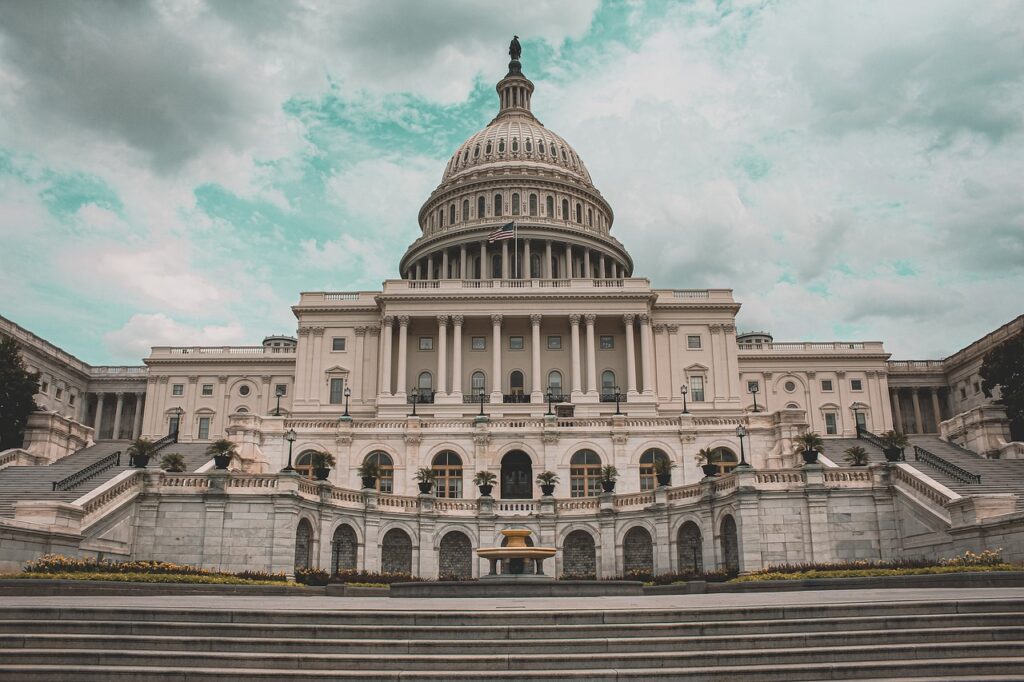By Patrick Cooney, for AMRC

HHS Announces Revival of the Task Force for Safer Childhood Vaccines
On August 14, 2025, the U.S. Department of Health and Human Services (HHS) announced the reinstatement of the Task Force on Safer Childhood Vaccines, a federal panel created by Congress to improve the safety, quality, and oversight of vaccines administered to American children.
The announcement indicated the task force will be represented by senior leadership from NIH, the Food and Drug Administration, and the Centers for Disease Control and Prevention. The NIH Director will serve as Chairman of the Task Force. The Task Force will work closely with the Advisory Commission on Childhood Vaccines to produce regular recommendations focused on “…the development, promotion, and refinement of childhood vaccines that result in fewer and less serious adverse reactions than those vaccines currently on the market. Improvements in vaccine development, production, distribution, and adverse reaction reporting — along with supporting research to make vaccines safer.”
The task force was originally mandated by Congress under the National Childhood Vaccine Injury Act (NCVIA) of 1986. The task force ended in 1998. Public health experts have raised concerns that reviving the panel could undermine confidence in vaccines, especially if the task force is populated by individuals with anti-vaccine biases or those who lack scientific credibility.
Trump Efforts on MFN Status on Prescription Drugs
In November 2020, the Centers for Medicare and Medicaid Services (CMS) issued an interim final rule to test an MFN model for Medicare Part B, tying certain drug payments to the lowest price paid in peer countries. Courts blocked the rule, and CMS formally rescinded it effective Feb. 28, 2022.
On May 12, 2025, President Trump signed “Delivering Most-Favored-Nation Prescription Drug Pricing to American Patients.” The EO revives the MFN concept, asserting Americans should not pay more than the lowest prices in other developed nations. The U.S. Department of Health and Human Services (HHS) described the MFN target price as the lowest price in an OECD country with GDP per capita ≥60% of the U.S., initially focused on branded drugs and biologics without generic/biosimilar competition.
On July 31, 2025, the White House sent letters to 17 pharmaceutical companies pressing for action within 60 days. Requested steps include: 1) providing MFN prices to all Medicaid beneficiaries; 2) guaranteeing MFN prices on all new drugs across Medicare, Medicaid, and commercial payers; and 3) exploring direct-to-consumer or direct-to-business channels so patients can buy medicines at no higher than an MFN price.
Trade groups and analysts argue MFN amounts to importing foreign price controls and could chill innovation; they also question the administration’s authority absent rulemaking or legislation. PhRMA acknowledged using trade tools to raise foreign prices but opposed MFN as a U.S. pricing benchmark. The EO leans on voluntary agreements first; if insufficient, HHS is directed to pursue additional actions (rulemaking or demonstrations). Expect legal challenges if CMS moves beyond voluntary commitments.
CAPITOL HILL NEWS
Funding for the Department of Health and Human Services
Recently, the Senate Appropriations Committee approved its Fiscal Year 2026 Labor–Health and Human Services–Education (LHHS–ED) appropriations bill by a bipartisan vote of 26–3, rejecting proposed cuts to major health programs and signaling strong support for biomedical and clinical research. The measure funds a broad range of HHS priorities, including public health preparedness, workforce development, and disease prevention, while providing targeted increases for research at the National Institutes of Health (NIH).
The bill rejected the Trump Administration’s proposed $18 billion cut to clinical research funding and authorized $48.7 billion total, a $400 million increase over FY 2025 for the NIH.
The FY 2026 Senate bill provides stability and incremental growth for NIH, ensuring sustained momentum in key research fields. By maintaining indirect cost recovery, the committee protects the infrastructure necessary for large-scale, multi-site studies and academic research enterprises. Although funding for CDC and HRSA remains tight, most critical programs are preserved, avoiding disruptions to public health data systems, preparedness, and workforce initiatives.
The House Appropriations Committee is expected to release its version of the LHHS–ED bill in September. Differences between the chambers—particularly on NIH funding levels and public health priorities—will be resolved in conference negotiations later this year. If a final agreement is not reached by September 30, 2025, Congress will need to pass a Continuing Resolution to maintain government operations.
